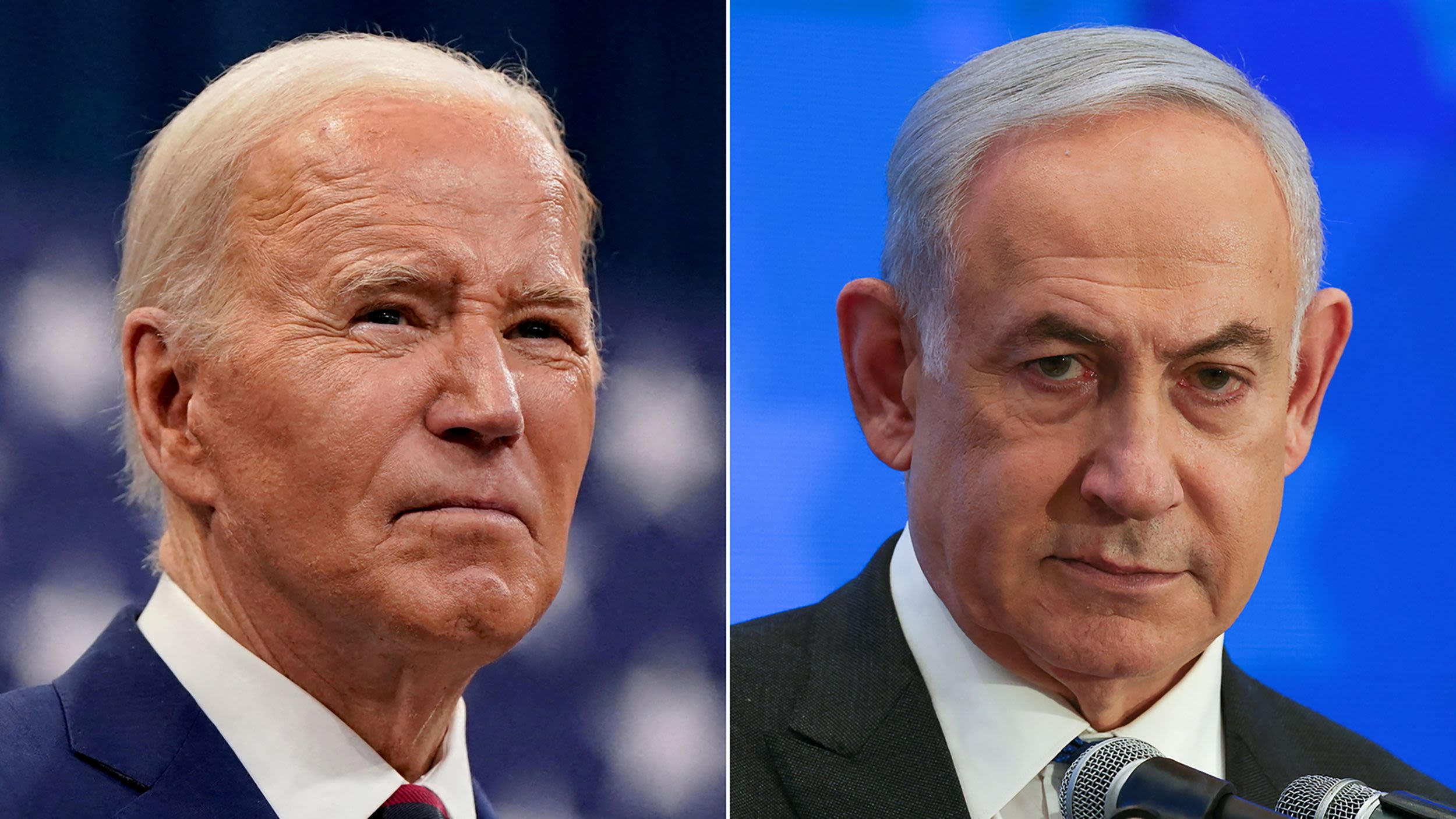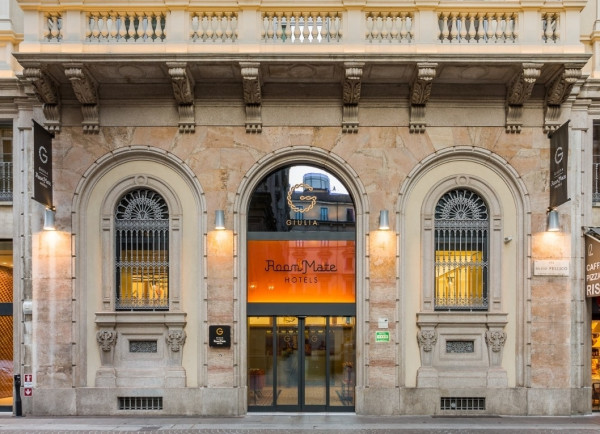As someone who doesn’t want this thing, Edmar Pacha, an economist who was part of the team that designed the Real Plan in Brazil and who this week participated in a seminar on stabilization programs organized by the University of Austral, distributed a list of recommendations Argentina should take to lower inflation. It included five interlocking points:
• balancing the budget
• Maintain positive interest rates
• Ensure that sensitive prices, such as tariffs and exchange rates, are balanced
• Creation of a daily unit of account to synchronize the forward evolution of wages, prices, rates, exchange rates, financial values, etc.
• Give time to make extensive use of this unit of account and then convert it to the stable currency of the country.
Besides simplifying the proposed plan, he pointed out that our inflation rate of 7.4% per month in July (average of 5.6% since the beginning of the year) is a different error from the hyperinflation Brazil faced in 1993 in the months before the real plan, when the rise in The price index is around 40% per month, and all the securities have been indexed in the past with very short durations and not quite in balance with each other. In Argentina, on the other hand, the overall deterioration of relative prices, with unequal standardization conditions, prices of expensive goods, ridiculously cheap prices, declining wages and an exchange rate gap of 115%, complicates stability if there is no former, This rearrangement, at present nominal terms, unfortunately can no longer be gradual, and if there is no sudden correction of the exchange rate gap that stops the endless demand for imports for official dollars. That is, with an exchange gap of more than 100%, the obligation to liquidate exports becomes forfeiture, especially in the sectors to which, in addition, deductions are applied.
Pasha also explained that at that time, in Brazil, the effect on tax revenue of inflation was faster and faster while spending was managed from behind, and he maintained a “balanced budget”. In Argentina, the current fiscal dynamic is not much different, but it coexists with a deficit (before interest) that accumulated in the first seven months of the year at 1.6% of GDP. And it is not clear that despite the new jump in inflation, the year will end with an imbalance of 2.5% of GDP included as a commitment in the agreement with the International Monetary Fund for 2022, and much lower, 1, 9% will be achieved by 2023.
In Brazil at that time and in Argentina today, a reduction in the rate of inflation was required and required structural decisions to demand benchmarking, support account normalization and budget stabilization, which are necessary conditions to begin normalizing the balance sheet of the central bank in an economy without credit and without currency. This can hardly be done without allocating a portion of the dollar’s jump which, meanwhile, to prices, through deductions. Something that can only happen in the short term if the exchange gap is compressed. It is certainly not a sustainable policy in the medium term if stability works and the dollar declines. Hence the importance of stability with a structural agenda that supports competitiveness and budget without relying on retention.
Pasha also said that the real plan was presented to the community in December 1993 and that Fernando Henrique Cardozo, Minister of Economy in the government that faced the political transition after Fernando Collor de Mello’s resignation in the middle of that year, won the presidency. The election. in November 1994. Cardozo was re-elected president in December 1998, devaluing the currency which he kept artificially devaluing until the elections at the beginning of 1999, a situation which signed the death certificate of our conversion system, which lasted until December 2001. In 2002 , when Cardoso saw that Luis Inacio Lula da Silva would become president, rather than force him to elect his candidate to the end, he reached a political agreement with PT, making him an umbrella for the transition (the agreement with the IMF through) and avoiding breaking contracts. Lula sent a letter reassuring the market and an agreement was reached with local players to stabilize the local currency debt market. Throughout this period, Brazil has maintained extremely high interest rates (offset by BNDS-backed credit) and has taken advantage of a weak dollar and higher commodity prices in the past decade to finish building its currency.
As if we were in an infinite loop, we come back to look at this and other stabilization experiences in the ’90s to think about what Argentina should do to deal with inflation that continues to jump strides at increasingly rapid strides, and that in the whole of 2022 will be even higher. 90%, but prices on the margin are at more than 100% annually (135% in July).
Far from seeking to broaden the horizon of decisions with agreements that cannot begin without anyone in the government willing to pay the political costs of achieving stability, once again the government of today is trying to continue postponing decisions, with the aim of kicking the ball to the next stage. management, while the par is climbing behind the central bank’s balance sheet which contains remaining pesos and short in dollars.
With this nominal, the gradual correction of relative prices (dollars and tariffs) that the economy requires seems extraordinarily skewed. The attempt to realign the carry trade with a more reasonable financial signal reversed after this week’s “reallocation of support” announcements and with the surge in interest rates (which are close to behind the already inflating rate of devaluation), I am getting increasingly shorter legs. Especially if the dollars used to perpetuate the scheme are borrowed at exorbitant rates and/or the issued dollars are attempted to be split up.
Any attempt to obtain dollars through financial means (with international credit organizations or repurchase agreements with banks), and/or incentives to liquidate exports (financial/financial and/or division with higher dollars for agriculture) to maintain the current perverse situation. The risk of increased liabilities to extend the sale of cheap dollars for a period of time, leading to an increase in the capital of the central bank’s balance sheet. Above all, if the gradual fiscal adjustment scheme is accompanied by a larger monetary adjustment that produces the peso at a faster rate, without prior correction of the exchange rate.
Right now, the government is betting on accelerating the creeping peg and managing the shortage of reserves by hunting for dollars, sending importers to a queue, and actually increasing and selling commercial debt (it has sold more than $7 billion in contracts). At the same time, the treasury extends the maturities of the debt in pesos, and in return offers a double bond (paying the rate that gives more: devaluation or inflation)
The government’s ability to continue dancing on the deck of the Titanic is astonishing, assuming that political constraint can squeeze the budget to the limit, and the central bank will continue to sell dollars it no longer has and is trying to borrow. Until an official devaluation is not checked, citing concern about inflation it could generate and its impact on poverty.
The modern scheme of a part private sector arbitrage between the gaps, taking the cheap peso trapped in the system (banks and the local capital market), buying cheap dollars from the central bank and selling (at least part) in the indifferent price market, you sold. With each passing day, exit costs for Argentina are higher, but the same does not happen to the few who continue to access the foreign exchange market.
One year left for the next PASO. Again, with an increasingly rigid stockpile, the question is not whether it will be reached, the question is how many reserves, what is inflation and what is the exchange rate gap. Attempting to restore political flow again is likely to attempt to shorten parity times, raises, and/or rewards for social plans, with increasingly shorter real effects in an economy that must cut imports, and with increasingly accelerating inflation. . It seems that we are striving for a superstructure, which, if the planets align and politics can build a horizon, can finally lead us forward in a stabilization program like the real plan of Brazil described by Pasha, or it can lead us. Us, as in the case of Ecuador, to shock dollarization with the costs associated with it.

“Beeraholic. Friend of animals everywhere. Evil web scholar. Zombie maven.”

:quality(85)/cloudfront-us-east-1.images.arcpublishing.com/infobae/7RZ4PSPCSVHX5PY7Y7A4F2P2SE.jpg)





More Stories
Room Mate will collaborate with two major international hotel companies
Chipazo lottery results: Who are the new millionaires?
The largest bank in America says goodbye to Wall Street after 150 years